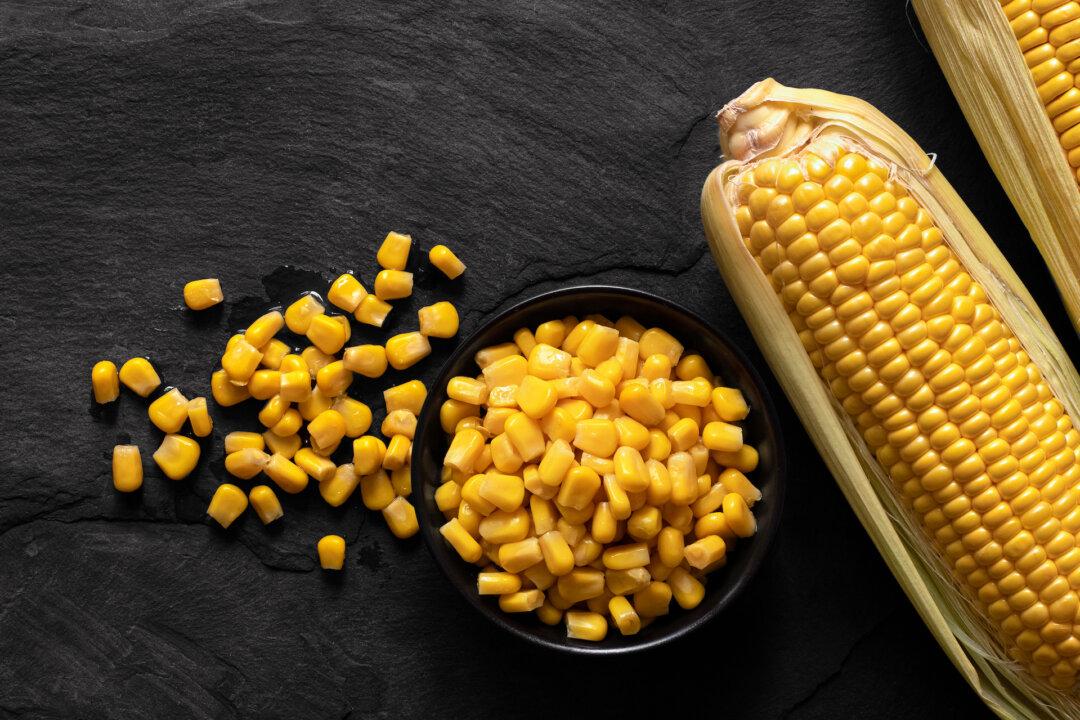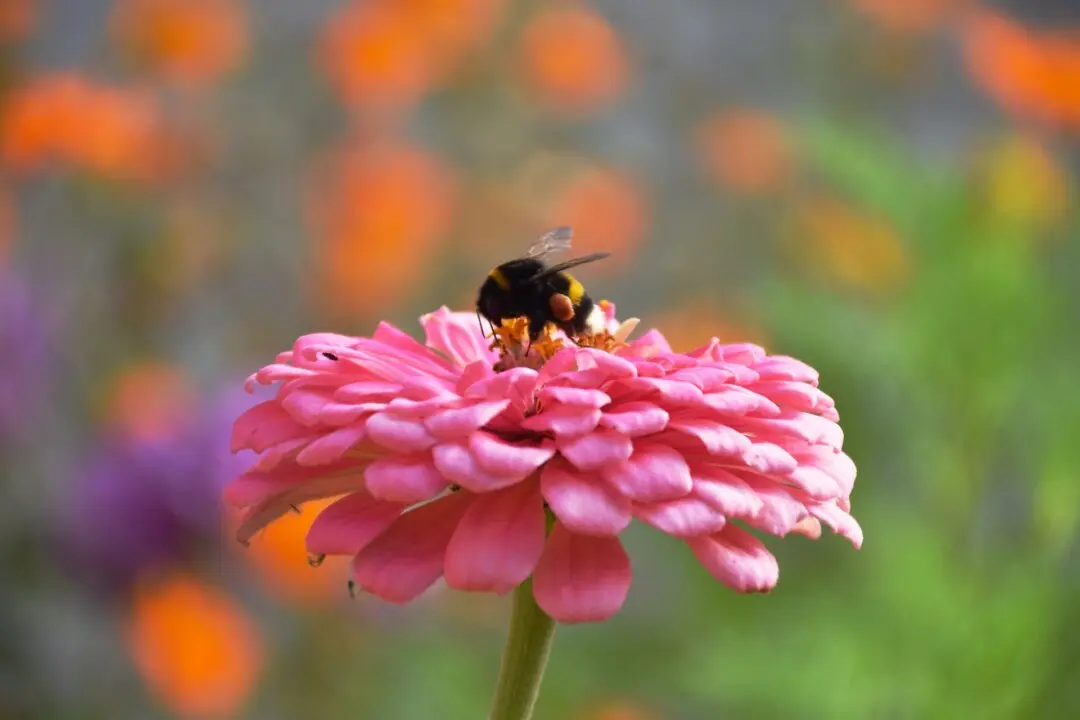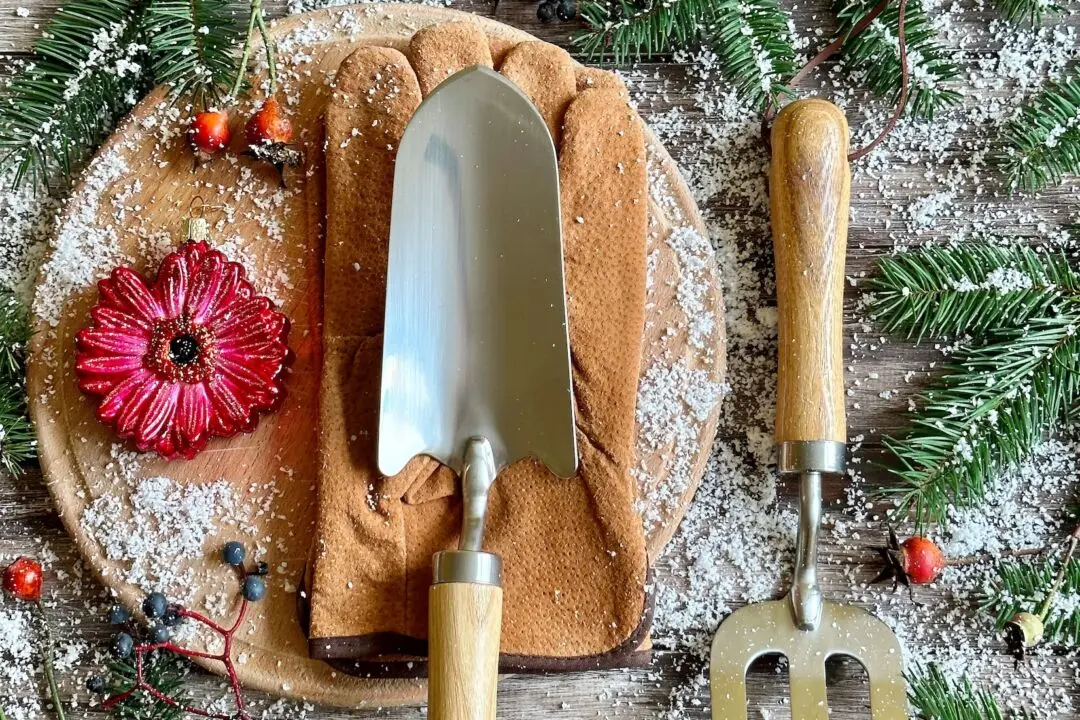Q: We bought some early sweet corn from the farmers market. It was the sweetest I have ever eaten. I want to grow some in my garden next year. The lady at the market didn’t know what kind it was. Any ideas on what to look for?
A: In the case of many garden plants and sweet corn in particular, a great deal of work has been done to produce new varieties that have better-tasting characteristics. This work has been going on for decades and even centuries.





